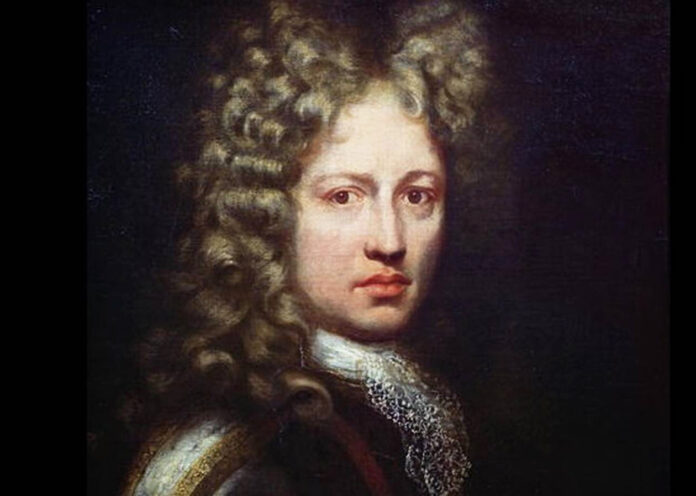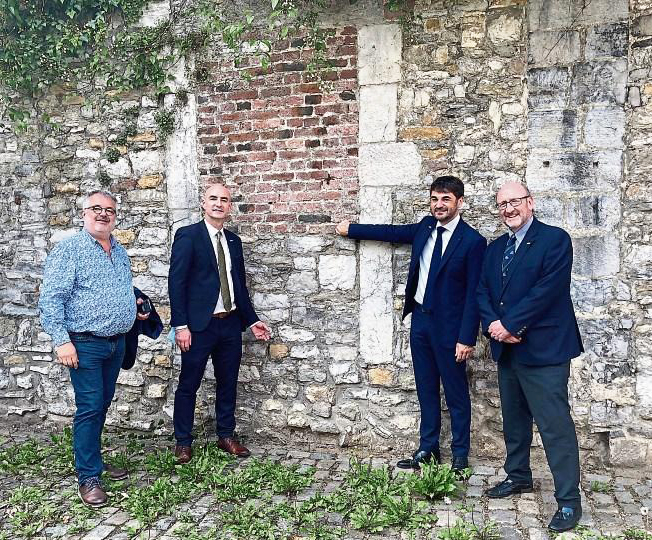
A LIMERICK company has been given the task of identifying the remains of Patrick Sarsfield and repatriating them to Ireland.
Aegis Archaeology will conduct an excavation of a site in the town of Huy in Belgium which has been identified as the burial place of Sarsfield who led the heroic defence of Limerick during the Williamite Wars in 1690.
He was eventually defeated in 1691 but negotiated the Treaty of Limerick, which allowed him and 15,000 Jacobite soldiers and their families to leave for France in what became known as The Flight of the Wild Geese.
Sarsfield was killed in the service of the French King Louis XIV at the Battle of Landen during the Nine Years War in 1693.
The location of his burial place was identified as being in the grounds of St Martin’s Church in Huy, a short distance from the city of Liege, following the intervention of Dr Loïc Guyon, the honorary consul of France in Limerick.
He wrote to the Mayor of Huy to request his assistance in trying to locate the ancient burial grounds of St Martin’s Church. The church records state that two unidentified French officers were buried in its grounds at the time of Sarsfield’s death.
Definitive proof of the identities of those bodies will be established when the skeletons are located.
Dr Guyon will be working with Aegis Archaeology to conduct an excavation of the site, possibly within the next year.
From its base in Nicholas Street, Aegis has undertaken a number of significant projects including a conservation and management plan for the remaining sections of the Limerick City walls as well as the excavation of a medieval ringwork at Ballysimon.
Dr Guyon also announced that a fundraising campaign, involving a mix of crowdfunding and corporate sponsorship, will be launched in the coming months to raise the estimated €90,000 needed to conduct the excavation.
“The first aim of the Sarsfield Homecoming Project is to find and repatriate the remains of Patrick Sarsfield,” he said.
“A secondary aim is to bring Sarsfield and the Flight of the Wild Geese back into the spotlight and educate younger generations about that important part of Limerick’s history, Ireland’s history, and the history of the ties between France and Ireland.”



